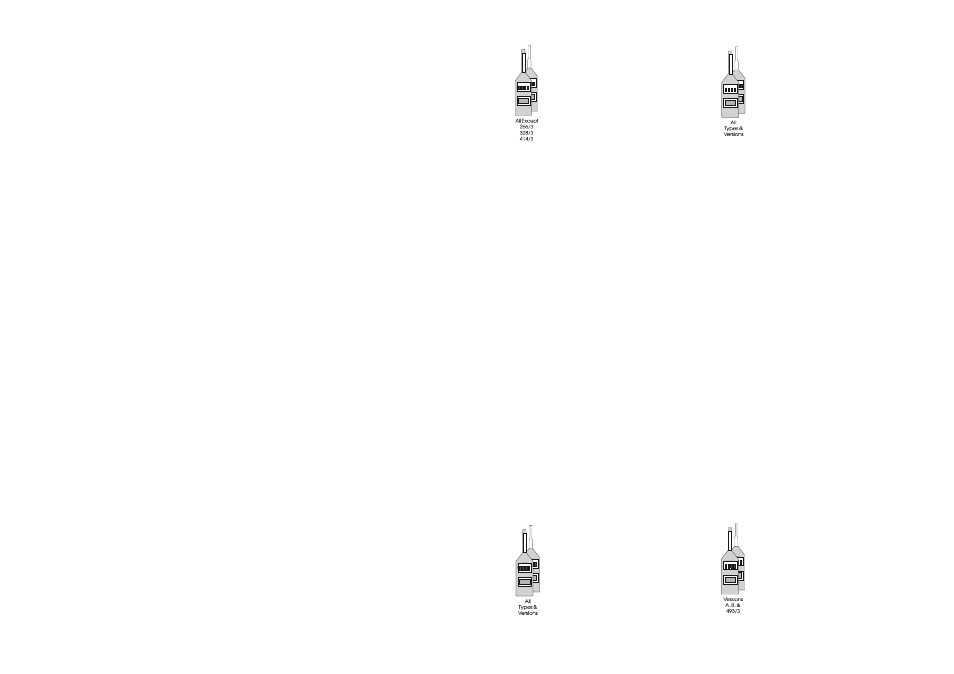Casella CEL CEL-414 User Manual
Page 45

L
eq
(
T
e
)
= SEL
T
− 10log T
e
Where:
T
e
= required period in
seconds,
Then as:
L
eq
(T
e
) for 1 hour
= SEL - 35.6 dB
[10 log 3600 =35.6]
L
eq
(T
e
) for 8 hours
= SEL - 44.6 dB
[10 log (3600 x 8)=44.6]
L
eq
(T
e
) for 12 hours
= SEL - 46.4 dB
[10 log (3600 x 12)=46.4]
L
eq
(T
e
) for 24 hours
= SEL - 49.4 dB
[10 log (3600 x 24)=49.4]
Having now found the energy present in
the event, it is also possible to determine
what the L
eq
value would have been for
the period without the event. Such a pro-
cedure is useful in assessing the impact
of specific noise events on the environ-
ment. The calculation for determining the
average background value L
eqb
for the pe-
riod employs the formula:
L
eq
b
= 10log
[
10
( 0.1L
eqT
)
+ 10
( 0.1L
eqTe
)
]
Where
:
L
eqT
= L
eq
for time period T,
L
eqTe
= average energy level
for period T
e
.
9.5Maximum Value (
Lmax)
This is the highest sound level reached
during the measuring period, and it is
shown on the digital display when
MAX is selected.
9.6Peak Maximum Value
Some current codes of practice for hear-
ing conservation, specify the measure-
ment of peak acoustic pressures for the
control of acoustic trauma. The pressures
are often quoted in terms of linear re-
sponse peak level in Pascals (Pa).
To determine these pressures, measure
the unweighted (linear) peak levels using
the maximum hold function. The pres-
sure level in dB is found from the actual
pressure by using the relationship:
P
max
= P
0
[
10
(0.05L
LP
)
]
Where:
L
LP
= linear peak pressure
level,
P
0
= reference pressure
of 2 x 10
-5
Pa.
So that 140 dB (L
LP
) = 200Pa (P
max
).
Some older regulations dealing with the
effects of blast noise quote levels in
terms of acoustic overpressures that re-
late the peak level to the nominal atmos-
pheric pressure of 10
5
Pa. Again using
the relationship above, it can be shown
that a pressure change of 1 atmosphere
is equal to a level of 194 dB. Therefore
overpressure levels can be found from:
L
LP
relative to 1 atmosphere = L
LP
- 194
So that 140dB (L
LP
) = -54 dB (L
LP
) re 1 At-
mosphere.
9.73 & 5s Cumulative
Average Values ( L
Tm3
&
L
Tm5
- A, B & CEL-493/3)
The measurement of L
Tm
values meets a
German requirement, where the results
are very similar in concept to L
eq
except
General CEL Sound Level Meters Handbook - Page 41
